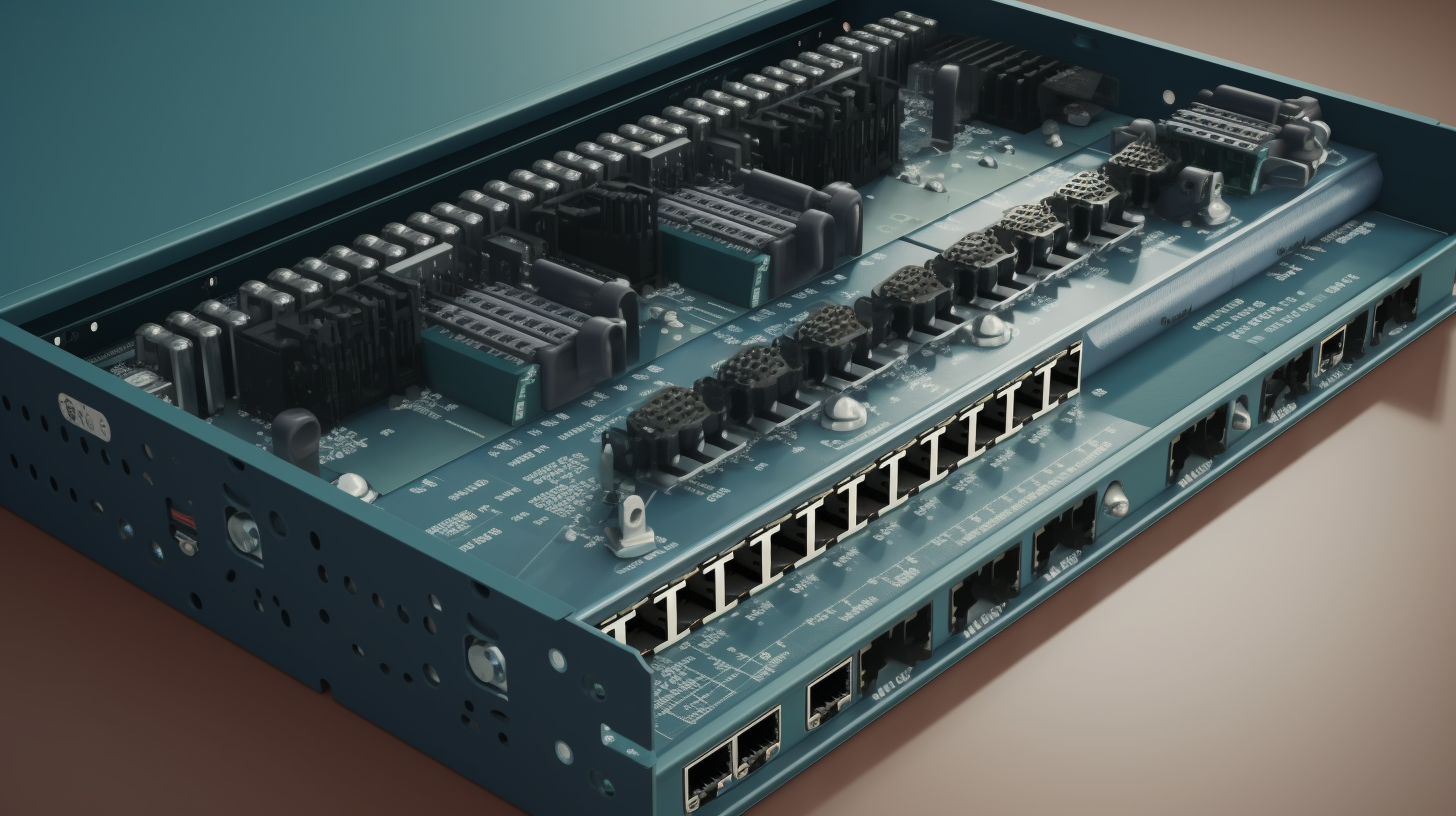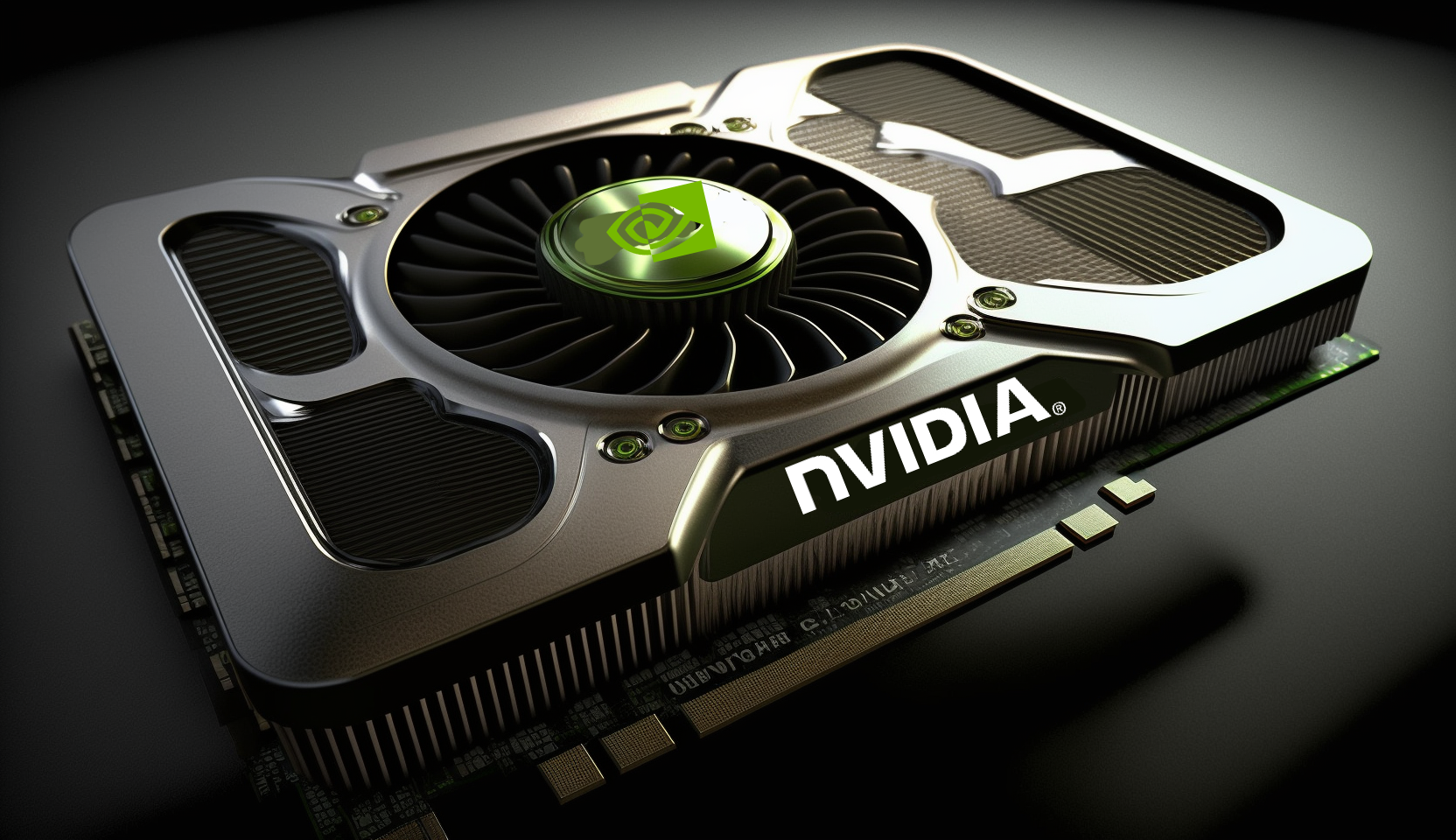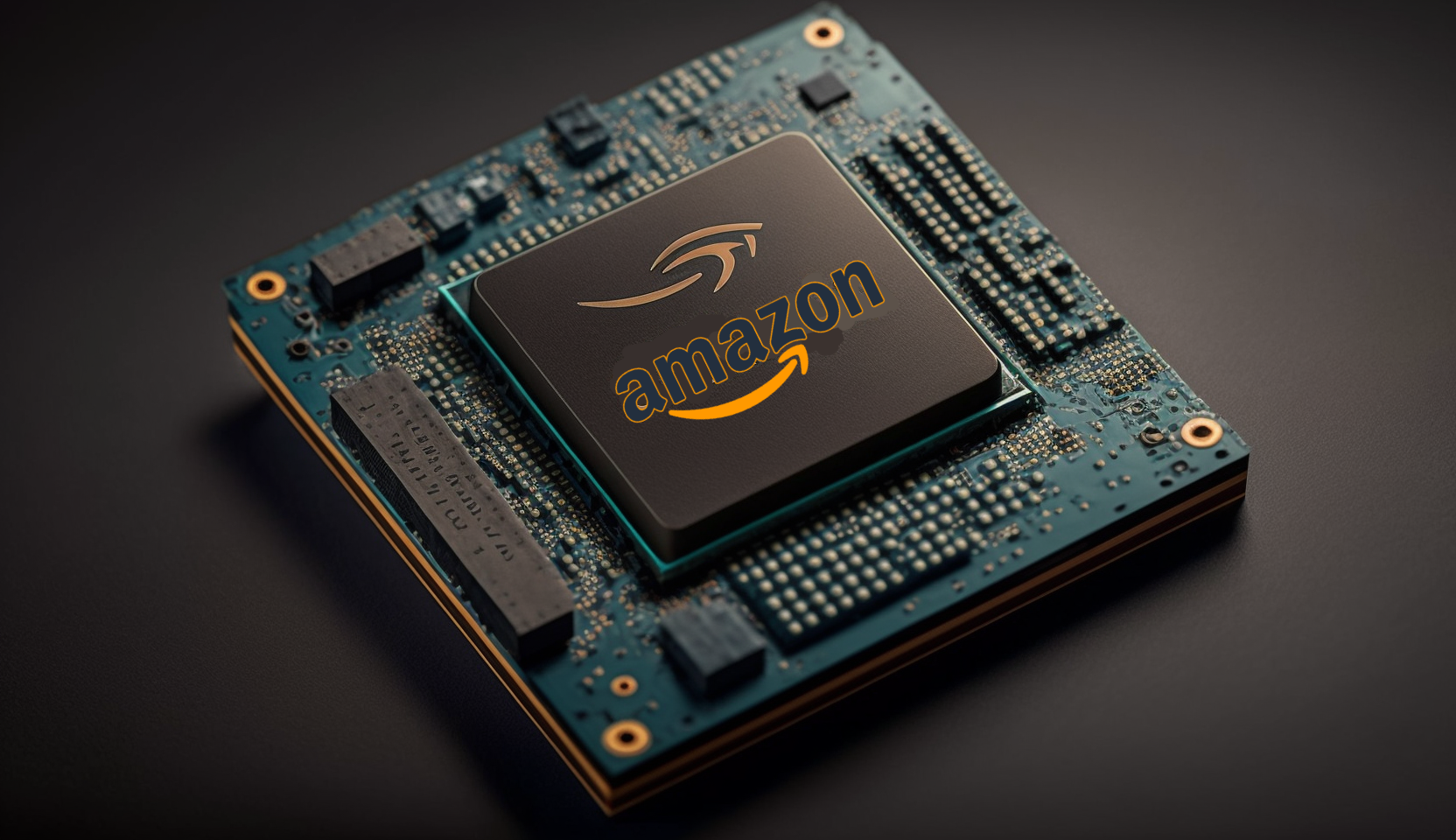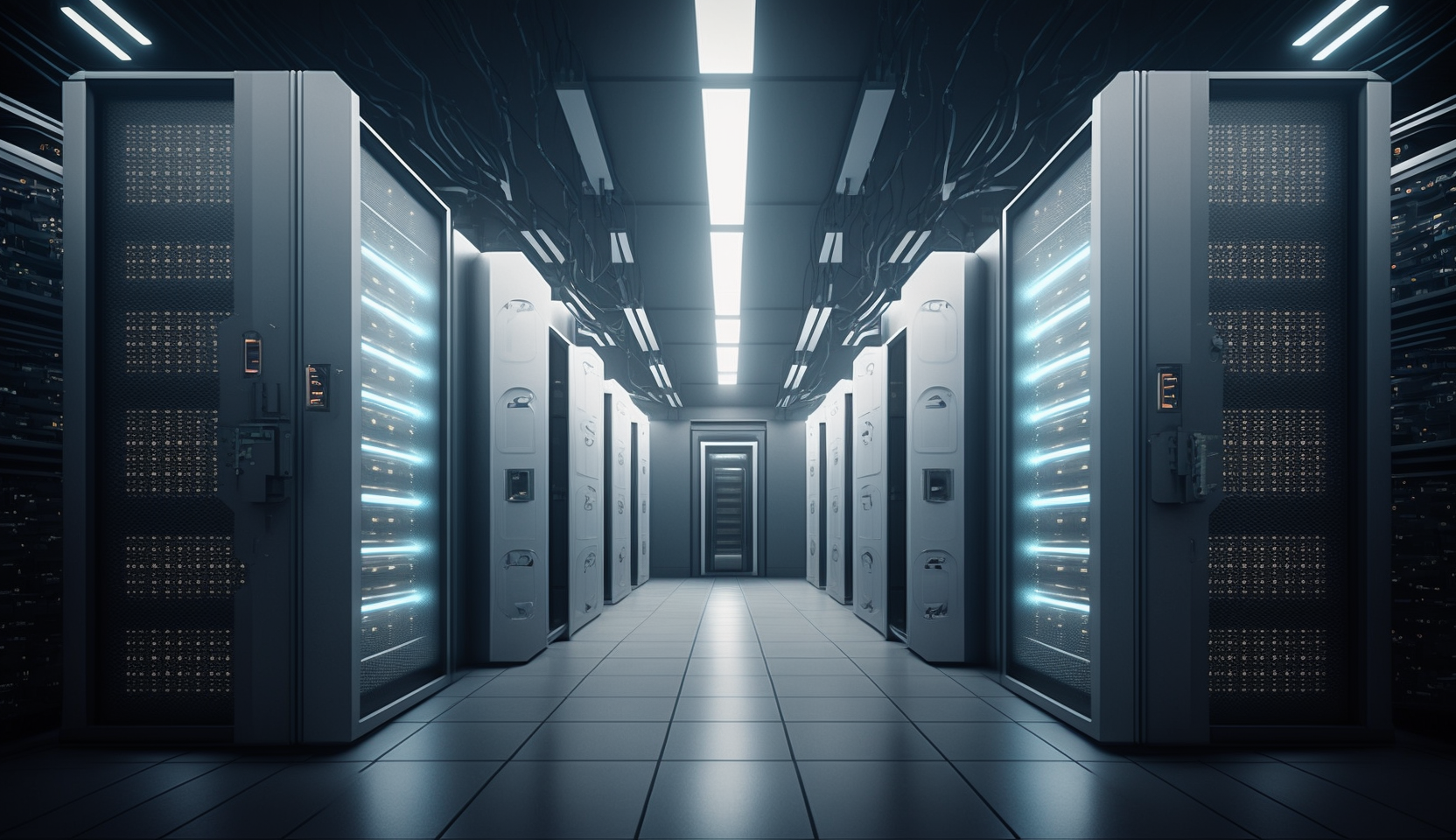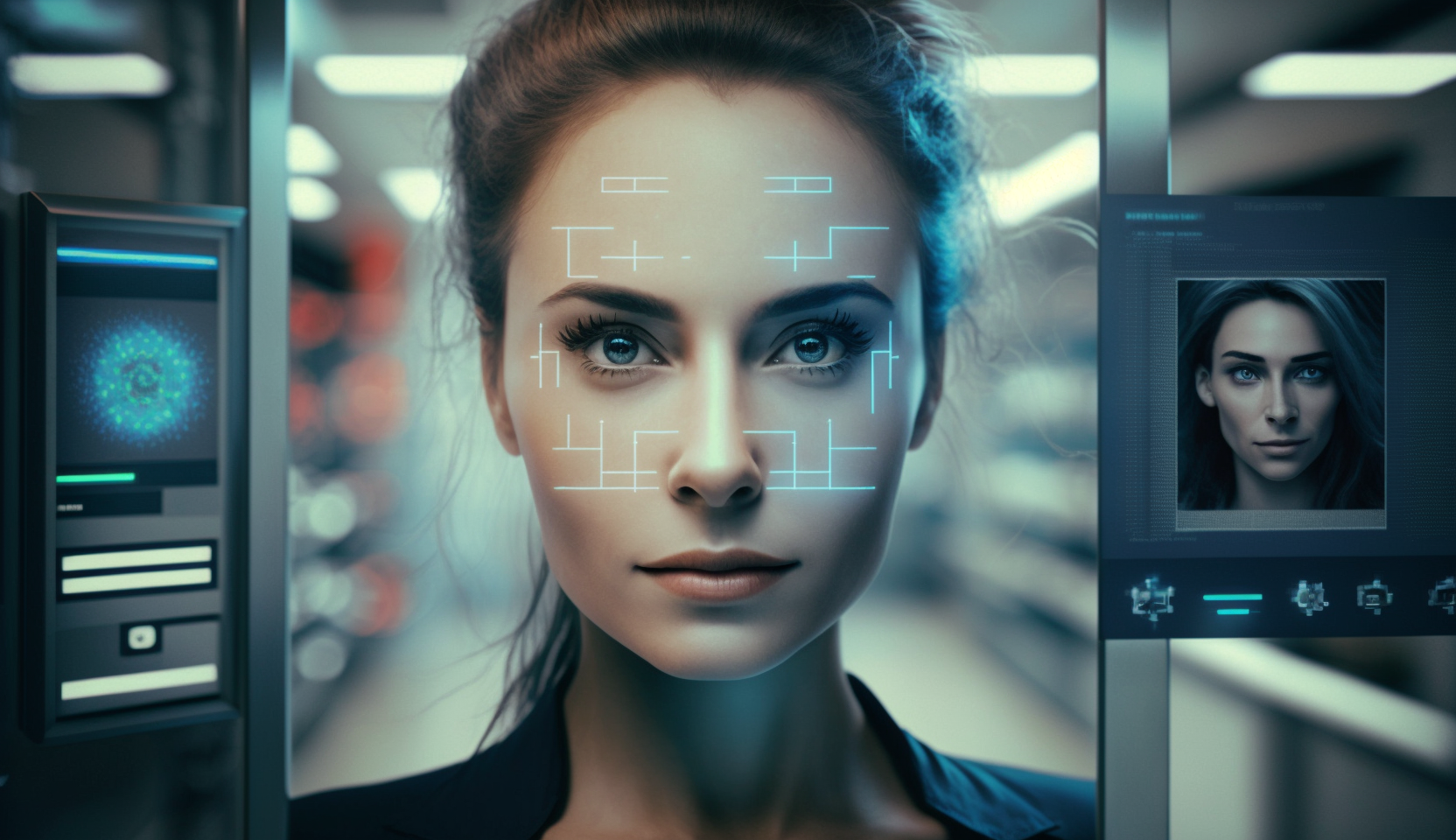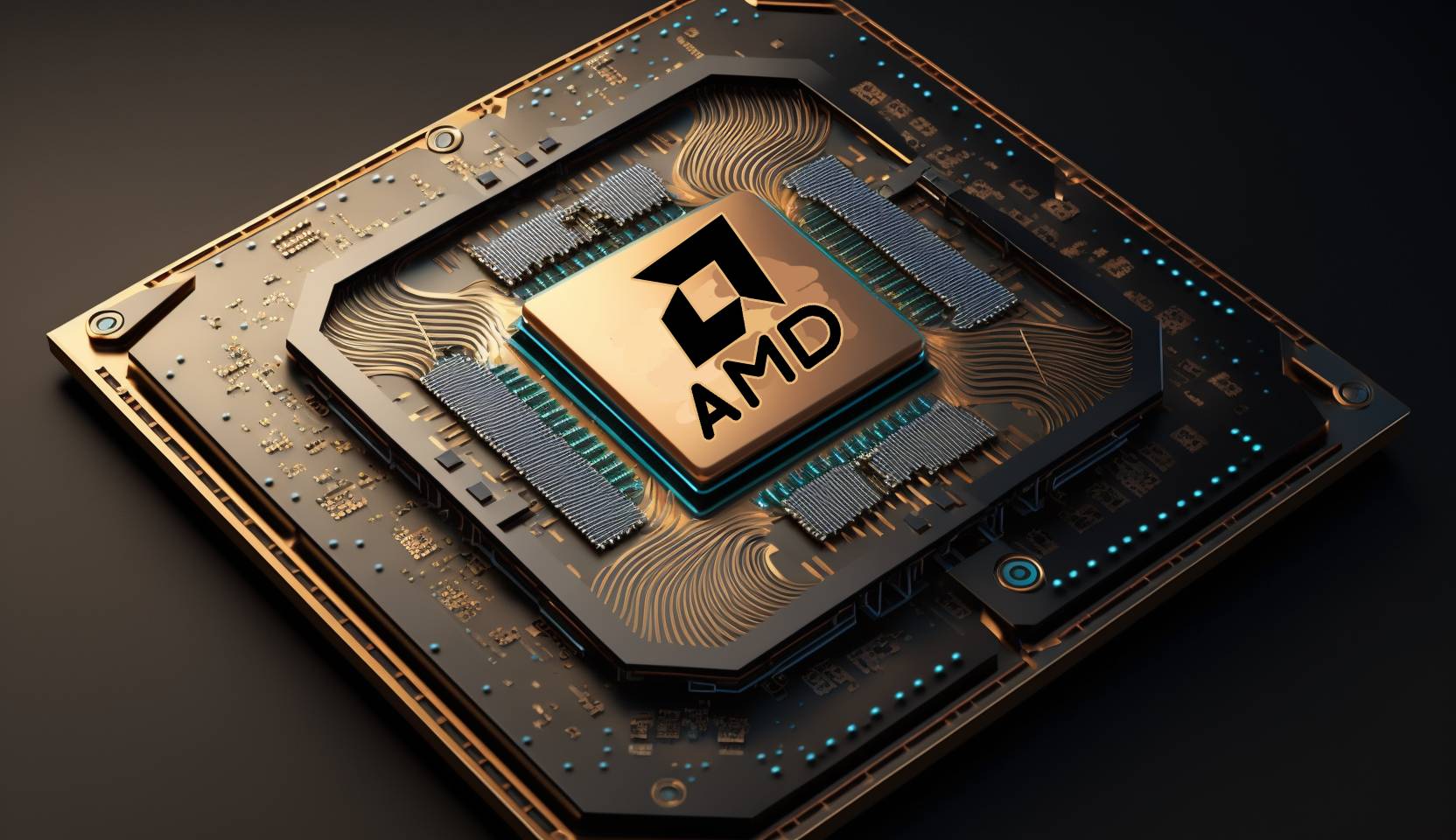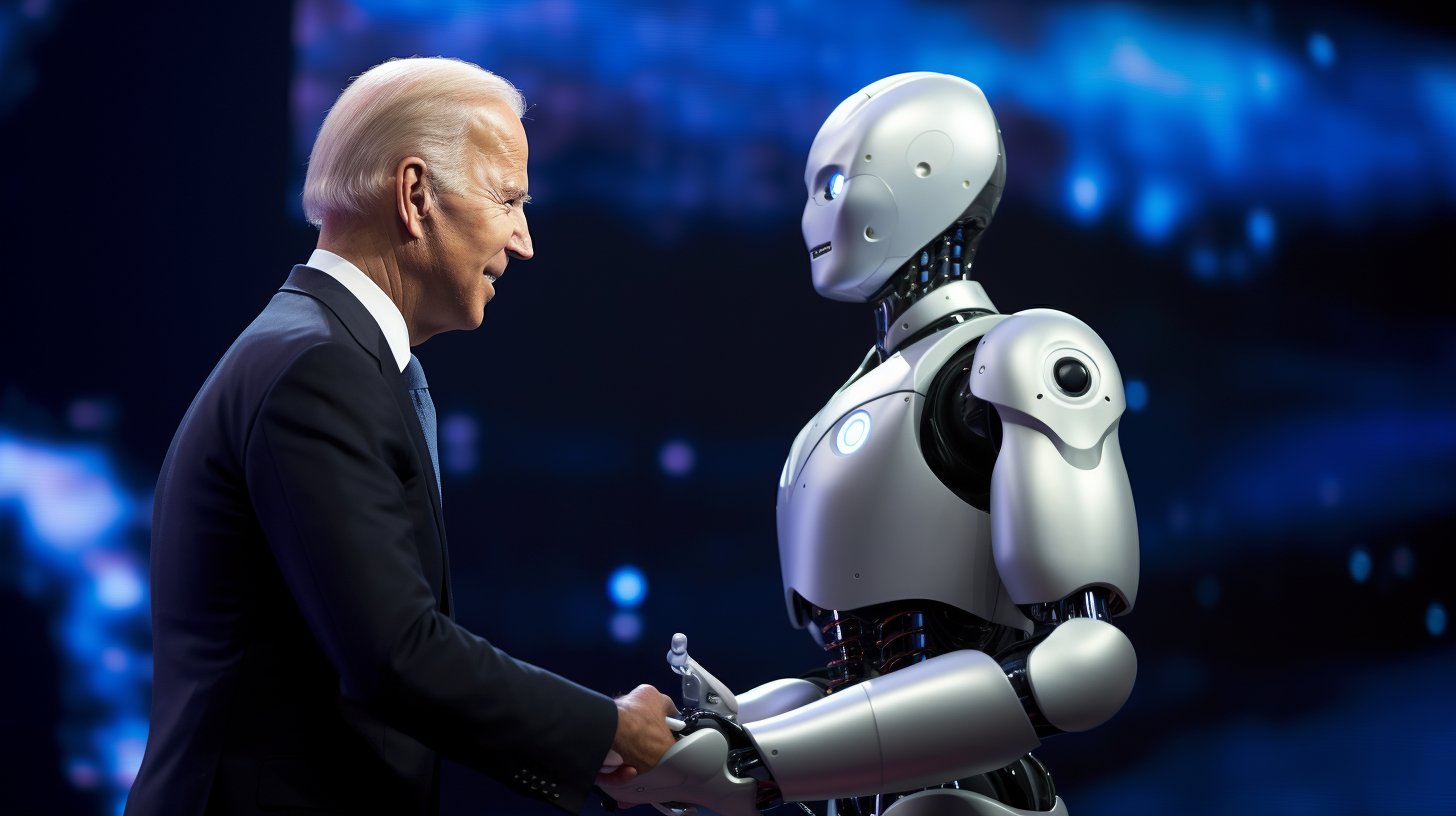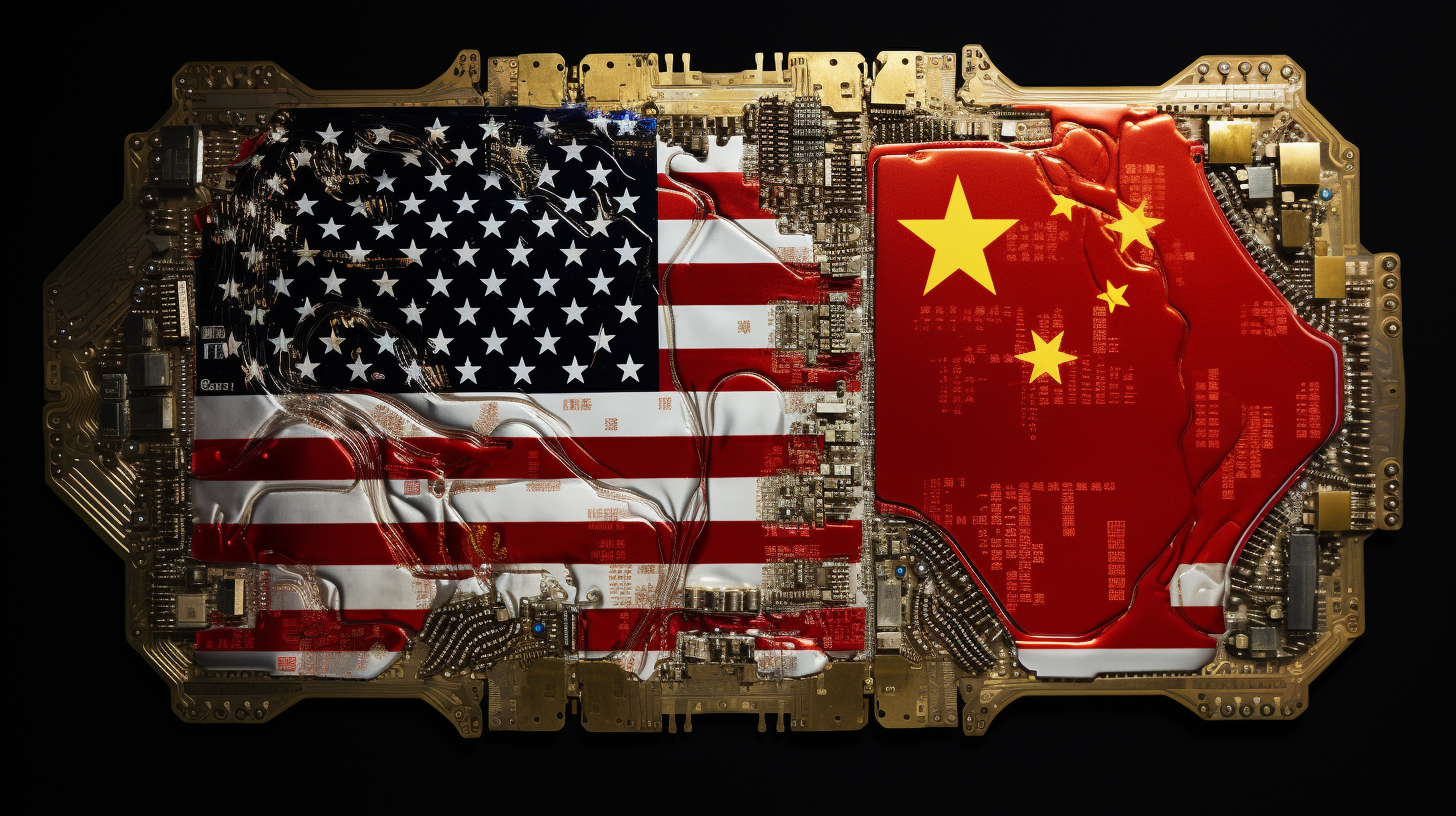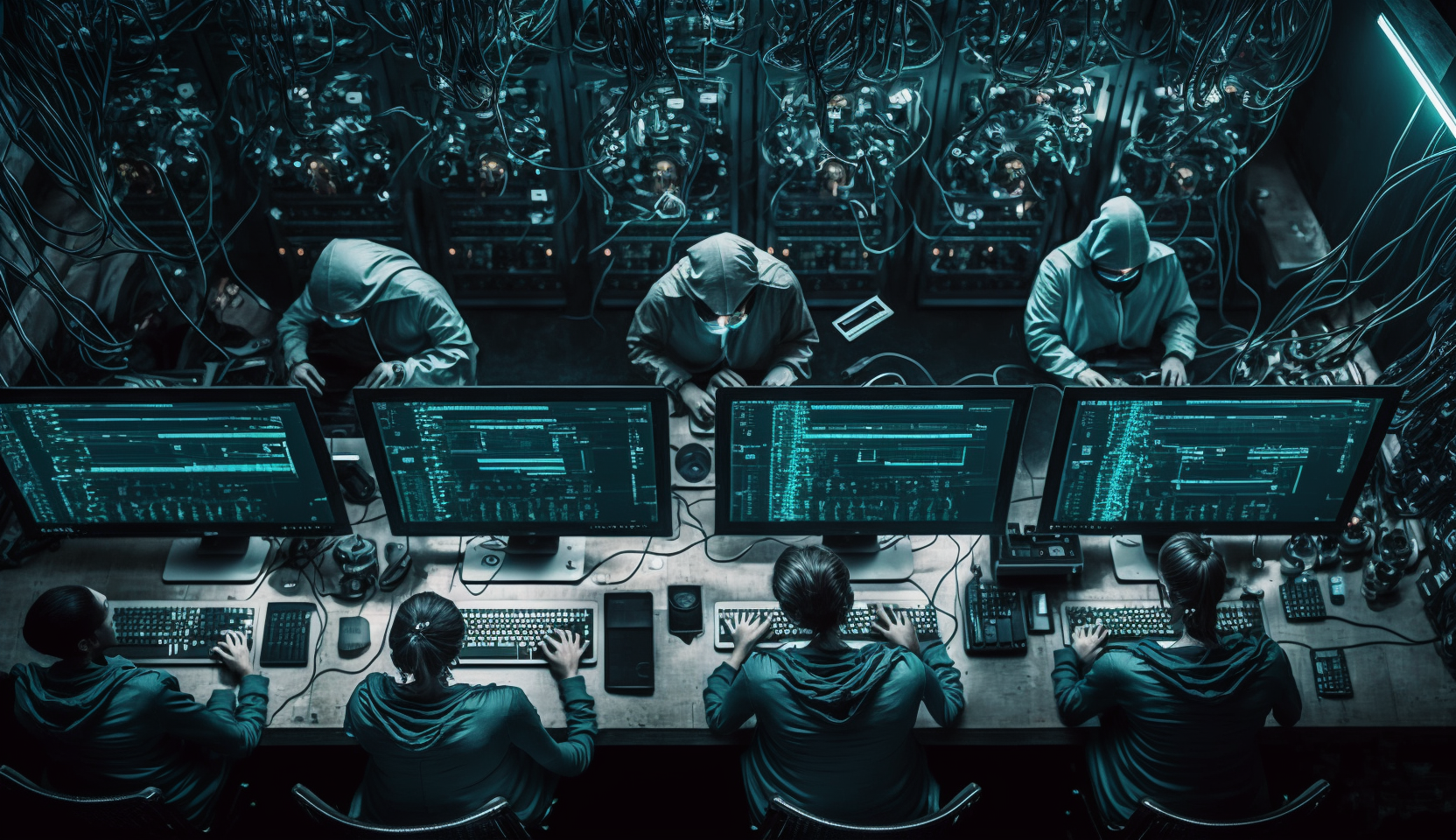Hewlett Packard Enterprise (HPE) sent shockwaves through the tech industry this week with the announcement of its planned $14 billion acquisition of Juniper Networks. The all-cash deal represents HPE’s largest ever acquisition and clearly signals its intent to aggressively compete with rival Cisco for network supremacy in the burgeoning artificial intelligence era.
The deal comes as AI continues to revolutionize networks and create new demands for automation, security, and performance. HPE aims to leverage Juniper’s networking portfolio to create AI-driven solutions for hybrid cloud, high performance computing, and advanced analytics. According to HPE CEO Antonio Neri, “This transaction will strengthen HPE’s position at the nexus of accelerating macro-AI trends, expand our total addressable market, and drive further innovation as we help bridge the AI-native and cloud-native worlds.”
With Juniper under its fold, HPE expects its networking segment revenue to jump from 18% to 31% of total revenue. More importantly, networking will now serve as the core foundation for HPE’s end-to-end hybrid cloud and AI offerings. The combined entity will have the scale, resources, and telemetry data to optimize networks and data centers with machine learning algorithms.
HPE’s rivals are surely taking notice. Cisco currently dominates enterprise networking and will face a revitalized challenger. Smaller players like Arista Networks and Extreme Networks will also confront stronger competition from HPE in key verticals. Cloud giants running massive data centers, including Amazon, Google and Microsoft, could benefit from an alternative vendor focused on AI-powered networking infrastructure.
The blockbuster deal also signals bullishness on further AI adoption. HPE is essentially doubling down on the sector just as AI workloads start permeating across industries. Other enterprise tech companies making big AI bets include IBM’s recent acquisitions and Dell’s integration of AI into its hardware. Startups developing AI chips and networking software are also likely to benefit from HPE’s increased focus.
For now, HPE stock has barely budged on news of the acquisition, while Juniper’s shares have jumped over 30%. HPE is betting it can accelerate growth and deliver value once integration is completed over the next two years. Analysts say HPE will need to maintain momentum across its expanded networking segment to truly threaten Cisco’s leadership. But one thing is clear: the AI networking wars have officially begun.
This massive consolidation also continues a trend of legacy enterprise tech giants acquiring newer cloud networking companies, including Cisco/Meraki, Broadcom/Symantec Enterprise, and Amazon/Eero. Customers can expect intensified R&D and new solutions that leverage AI, automation and cloud analytics. However, some worry it could lead to less choice and higher prices. Regulators are certain to scrutinize the competitive implications.
For now, HPE and Juniper partners see it as a positive development that gives them an end-to-end alternative to Cisco. Solution providers invested in networking-as-a-service stand to benefit from HPE’s focus on consumption-based, hybrid cloud delivery models. With Juniper’s technology integrated into HPE’s GreenLake platform, they can wrap more recurring services around a broader networking portfolio.
Both companies also promise a smooth transition for existing customers. HPE says combining the best of its Aruba networking with Juniper’s assets across the edge, WAN and data center will lead to better experiences and lower friction. Juniper CEO Rami Rahim also touts the deal as accelerating innovation in AI-driven networking.
Of course, the real heavy lifting starts after the acquisition closes, as integrating two complex networking organizations is no easy feat. HPE will aim to become a one-stop shop for customers seeking to modernize their networks and leverage AI, while avoiding the complexity of buying point products. With Cisco squarely in their crosshairs, the networking wars are set to reach a new level.
